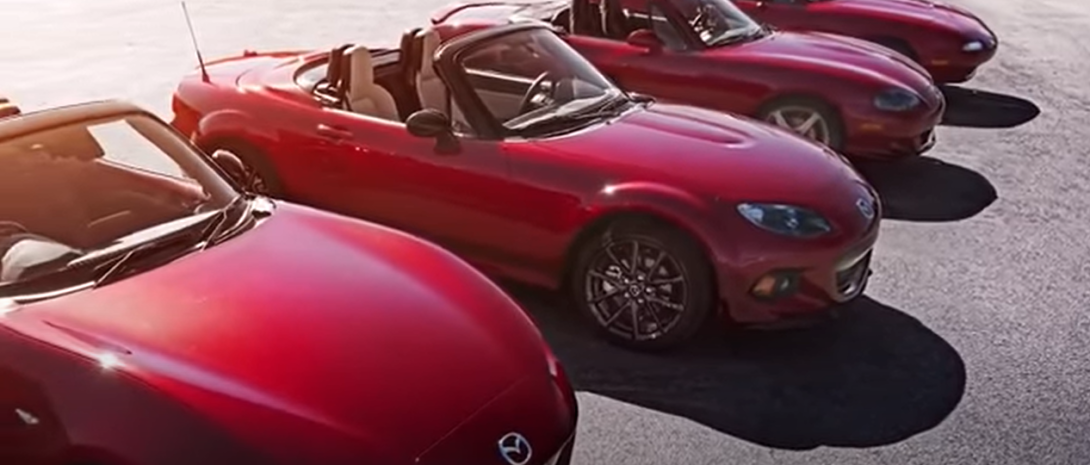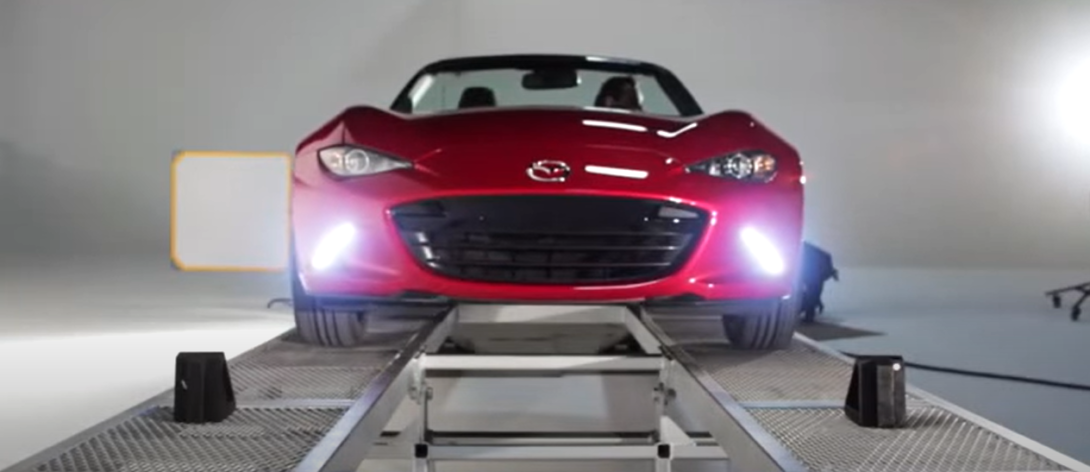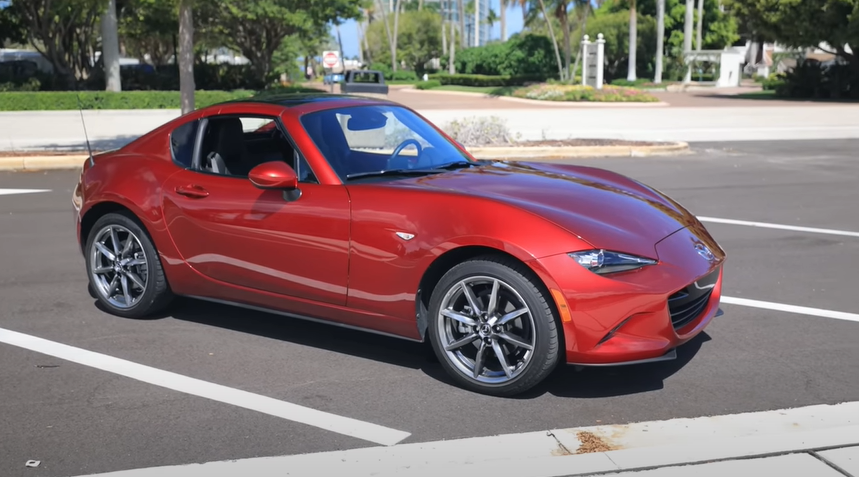The Mazda Miata, internationally renowned as the MX-5, is a sports car celebrated worldwide. Its unique combination of fun, affordability, and lightweight structure have rendered it a staple among car enthusiasts. This extensive article will dive deep into the weight of the Mazda Miata, offering you an enriched understanding of this extraordinary vehicle.
The Fundamental Importance of Weight in Vehicle Performance
In the context of performance vehicles, the weight of a car is an elemental attribute that directly impacts its performance, maneuverability, and fuel efficiency. To fully comprehend the Mazda Miata’s appeal, we must understand the crucial role of a car’s weight.
- Acceleration: A lighter vehicle requires less energy to accelerate, which can result in superior off-the-line performance. The energy required to accelerate is directly proportional to the mass of the object—in this case, the car. Thus, when a car has less weight to move, its engine can deliver power more efficiently, resulting in quicker acceleration;
- Braking: When it comes to stopping, lighter cars have an advantage. The braking distance—how long it takes a car to come to a complete stop—is again directly proportional to its mass. With less mass to decelerate, lighter vehicles can stop more quickly;
- Cornering: When a car changes direction, its weight plays a pivotal role. A lighter car can transition between directions more easily, making it more agile and responsive. This attribute significantly improves handling, especially at high speeds or on curvy roads.
Unpacking the Weight of Various Miata Generations

Since its inception in 1989, the Mazda Miata has seen four distinct generations. Each one carries unique characteristics that affect its weight, a result of the evolving technology, safety features, and design philosophies across different periods. Let’s examine each generation more closely.
| Model | Description |
|---|---|
| NA (1989–1997) | The original Miata generation, the NA, epitomized Mazda’s concept of a lightweight sports car. With a weight of around 2,100 lbs (950 kg), it set a new benchmark for affordable, light, and fun-to-drive cars. This weight varied slightly depending on optional extras and regional specifications. |
| NB (1999–2005) | The second-generation Miata, the NB, experienced a slight weight increase due to the addition of more features and increased safety equipment. This generation weighed in at around 2,400 lbs (1,088 kg). Despite this, the NB still delivered the same exciting performance, thanks to more powerful engines and refined handling characteristics. |
| NC (2006–2015) | The third-generation Miata, the NC, represented a marked departure from the original lightweight philosophy, weighing approximately 2,480 lbs (1,125 kg). The weight increase was primarily due to modern features and more stringent safety regulations, which necessitated heavier components and structures. Despite this, the NC offered improved performance and comfort, making it a popular choice for many car enthusiasts. |
| ND (2016–present) | The fourth and current generation, the ND, saw a return to the car’s lightweight roots. Depending on the model and optional extras, the ND Miata weighs between 2,300 and 2,400 lbs (1,043–1,088 kg). This weight reduction, compared to the NC, was a result of Mazda’s determined effort to reduce every possible ounce from the car’s overall weight, without sacrificing safety or comfort. |
For a more visual and interactive understanding of how Mazda managed to achieve this lightweight design, consider watching this comprehensive video:
How Mazda Achieved Weight Reduction in the Miata
Mazda’s dedication to keeping the Miata as light as possible is evident in its design and construction techniques. The company has used a variety of strategies to achieve this, ensuring that the Miata retains its trademark agility and responsiveness. Here are some ways Mazda achieved this:
- Body Materials: Mazda has consistently used lightweight materials in the Miata’s construction. The use of aluminum and high-strength steel allows for a reduction in weight without compromising on structural rigidity or safety. For instance, in the latest ND generation, Mazda used aluminum for the hood, trunk lid, front fender, and even the engine, which significantly reduced the car’s overall weight;
- Minimalist Design: Mazda has adhered to a “less is more” philosophy when designing the Miata. This approach entails omitting unnecessary features and equipment to save weight. For example, the first-generation Miata didn’t even include power steering in its base model—a decision made to reduce weight and provide a more direct, mechanical connection between the driver and the road;
- Gram Strategy: Perhaps the most remarkable aspect of Mazda’s weight-saving philosophy is its “gram strategy.” This approach means that engineers seek to save weight wherever possible, even if it’s just a few grams at a time. Every component of the car, from the engine parts to the interior trim, is scrutinized for possible weight reduction.
The Interplay of Weight and Performance in the Miata

While the Mazda Miata is not the lightest sports car available, it strikes a balance that provides excellent handling and performance. Here’s how the car’s weight impacts its overall performance:
- Power-to-Weight Ratio: Despite its relatively modest horsepower, the Miata boasts a competitive power-to-weight ratio due to its light weight. This ratio, which measures the car’s power output relative to its weight, is a crucial determinant of a car’s performance. The Miata’s impressive power-to-weight ratio ensures that the car is lively, responsive, and fun to drive, despite its lack of a large, powerful engine;
- Handling: The Miata’s lightweight design, coupled with its finely-tuned suspension and low center of gravity, allows it to excel in corners. The car’s reduced mass allows it to maintain speed and control through tight corners, where heavier cars might struggle;
- Fuel Efficiency: Reduced weight also contributes to the Miata’s impressive fuel efficiency. Lighter vehicles have less mass for the engine to move, meaning the engine can operate more efficiently, consuming less fuel.
Conclusion
The weight of a vehicle is a crucial factor that influences its performance, maneuverability, and fuel efficiency. The Mazda Miata has embraced the importance of weight throughout its generations, showcasing a commitment to lightweight design. By utilizing lightweight materials, minimalist design principles, and a meticulous weight-saving strategy, Mazda has created a sports car that offers exhilarating performance while striking a balance between power and efficiency. The Mazda Miata’s weight reduction efforts have resulted in a vehicle that continues to captivate car enthusiasts around the world.
FAQ
Weight plays a fundamental role in a vehicle’s performance, including its acceleration, braking, and handling capabilities. A lighter vehicle requires less energy to accelerate, can stop more quickly, and is more agile and responsive when changing directions.
The weight of the Mazda Miata has varied across its four generations. The NA (1989-1997) generation was the lightest, weighing around 2,100 lbs (950 kg). The NB (1999-2005) saw a slight increase in weight to approximately 2,400 lbs (1,088 kg). The NC (2006-2015) generation weighed around 2,480 lbs (1,125 kg), while the current ND (2016-present) generation ranges from 2,300 to 2,400 lbs (1,043-1,088 kg).
Mazda employed several strategies to reduce weight in the Miata. These include the use of lightweight materials such as aluminum and high-strength steel, minimalist design principles that eliminate unnecessary features, and a meticulous “gram strategy” to save weight wherever possible.
The lightweight design of the Miata contributes to its overall performance. Despite its modest horsepower, the Miata’s power-to-weight ratio is competitive, making it lively and responsive. The reduced weight also enhances its handling capabilities, allowing the car to excel in corners, and contributes to its impressive fuel efficiency.
While the Mazda Miata is not the lightest sports car on the market, it strikes a balance between weight and performance. Its lightweight, combined with its finely-tuned suspension and low center of gravity, allows it to deliver excellent handling and an enjoyable driving experience.
